undocumenta
Activated by ruangrupa’s invocation for Documenta 15, lumbung, which translates from Indonesian to a "communal rice barn", we sought to extend the narrative theme of collective sharing and nourishment to the public. Our goal was to cultivate a community of artists from varied lived experiences and cultural contexts, to provide a platform for their stories to be shared with the audiences of Documenta in Kassel, Germany.
We asked for submissions which engage critically with immigration and the global refugee crisis: from those traveling north from Central and South America, to citizens from Ukraine seeking refuge from the recent Russian invasion, to those relocating to Europe from the Middle East and North Africa, and beyond. We encouraged submissions from people affected by these situations, as well as those who work in solidarity with marginalized peoples of the world.
Click here to view the project as an online zine, with the option to print as a book.
Alejandra Abad
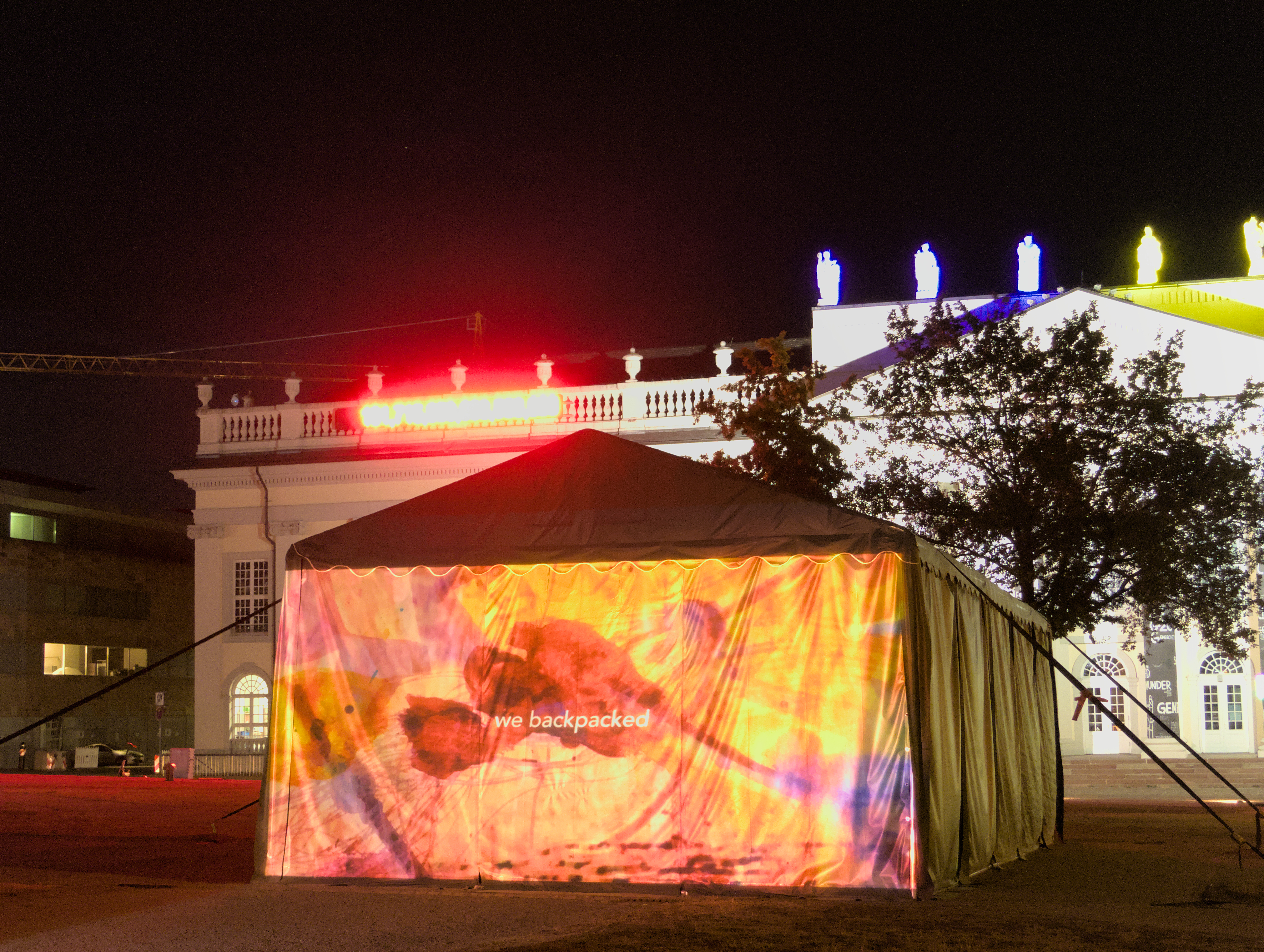
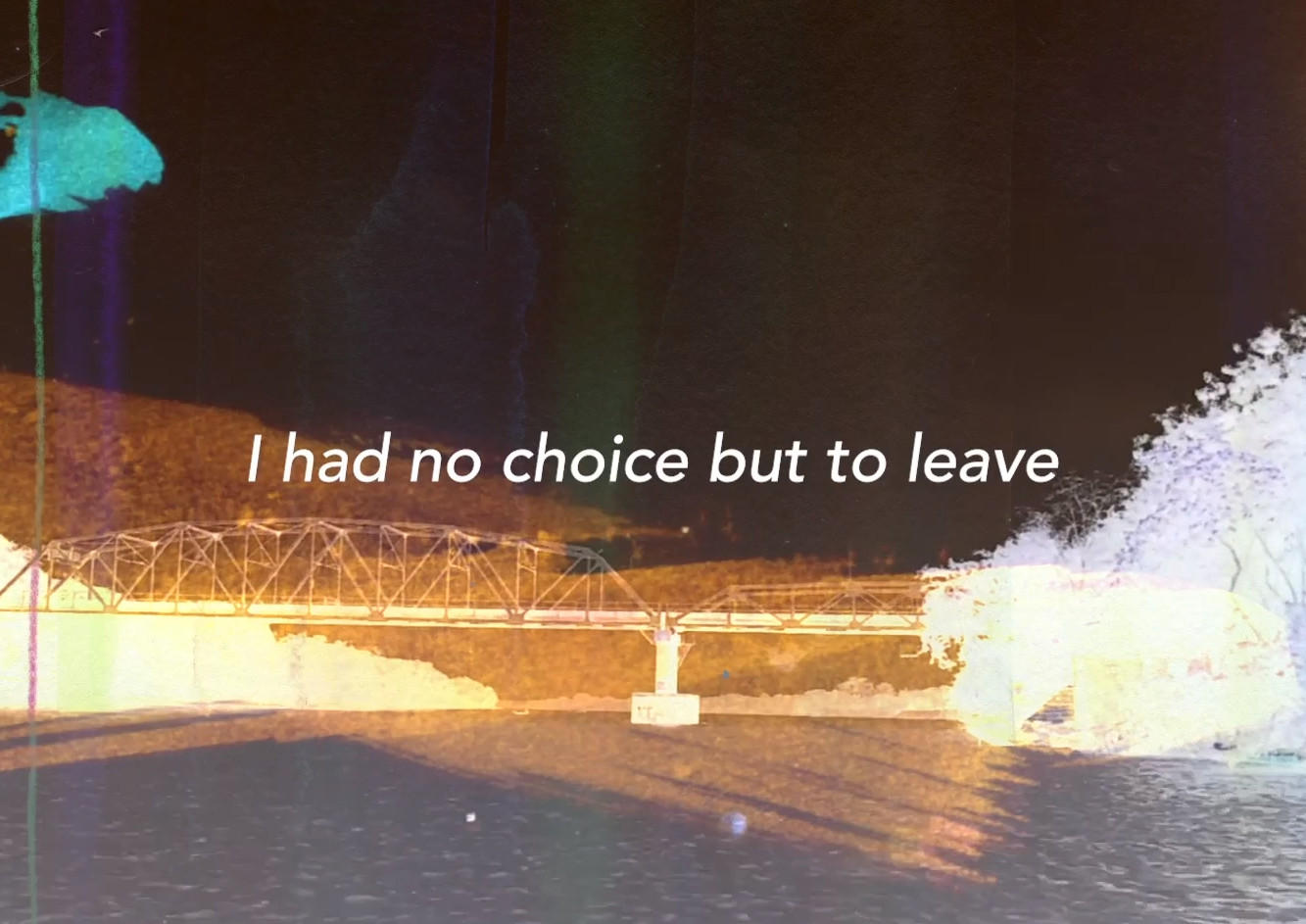

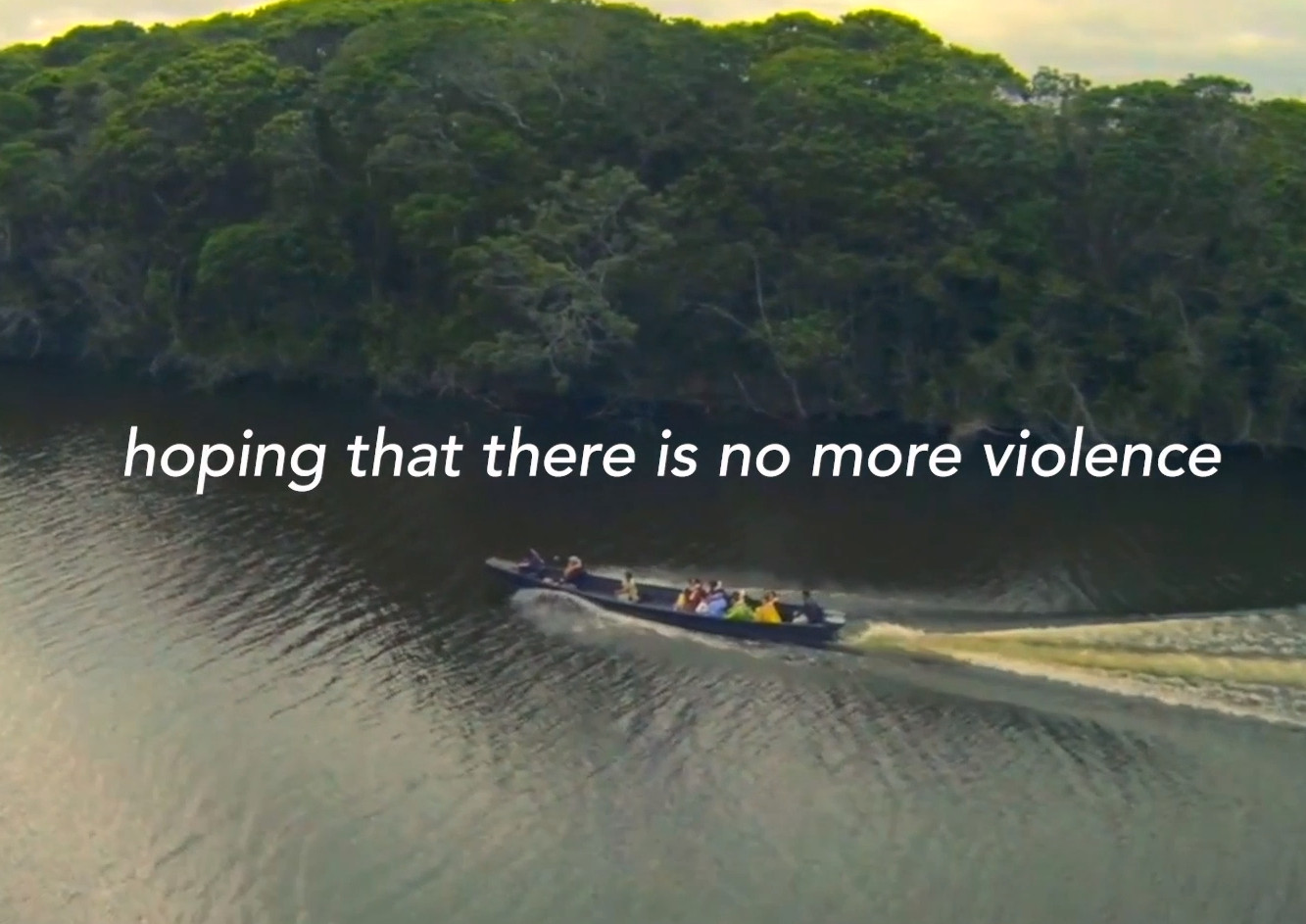

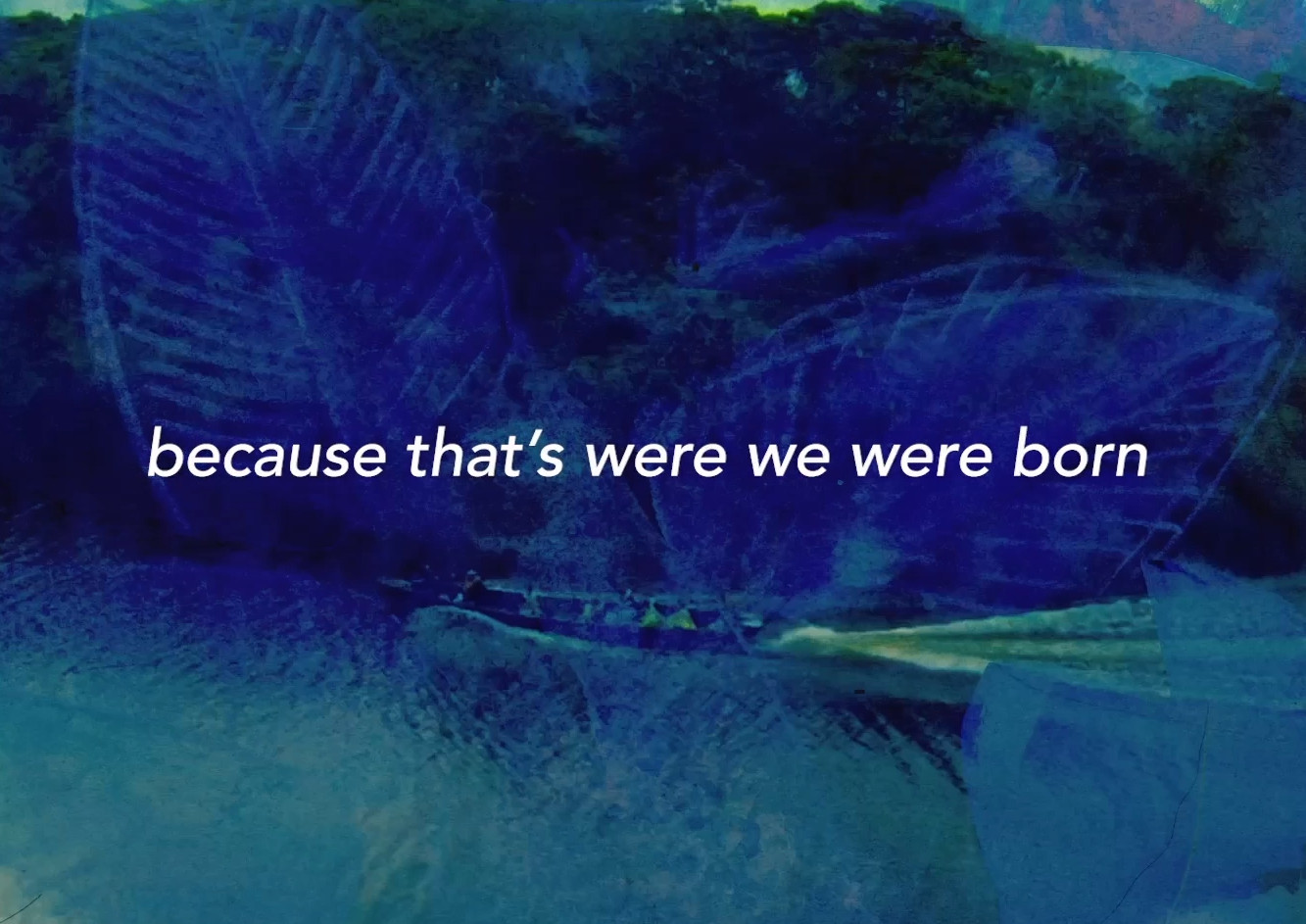
Ruthie Abel
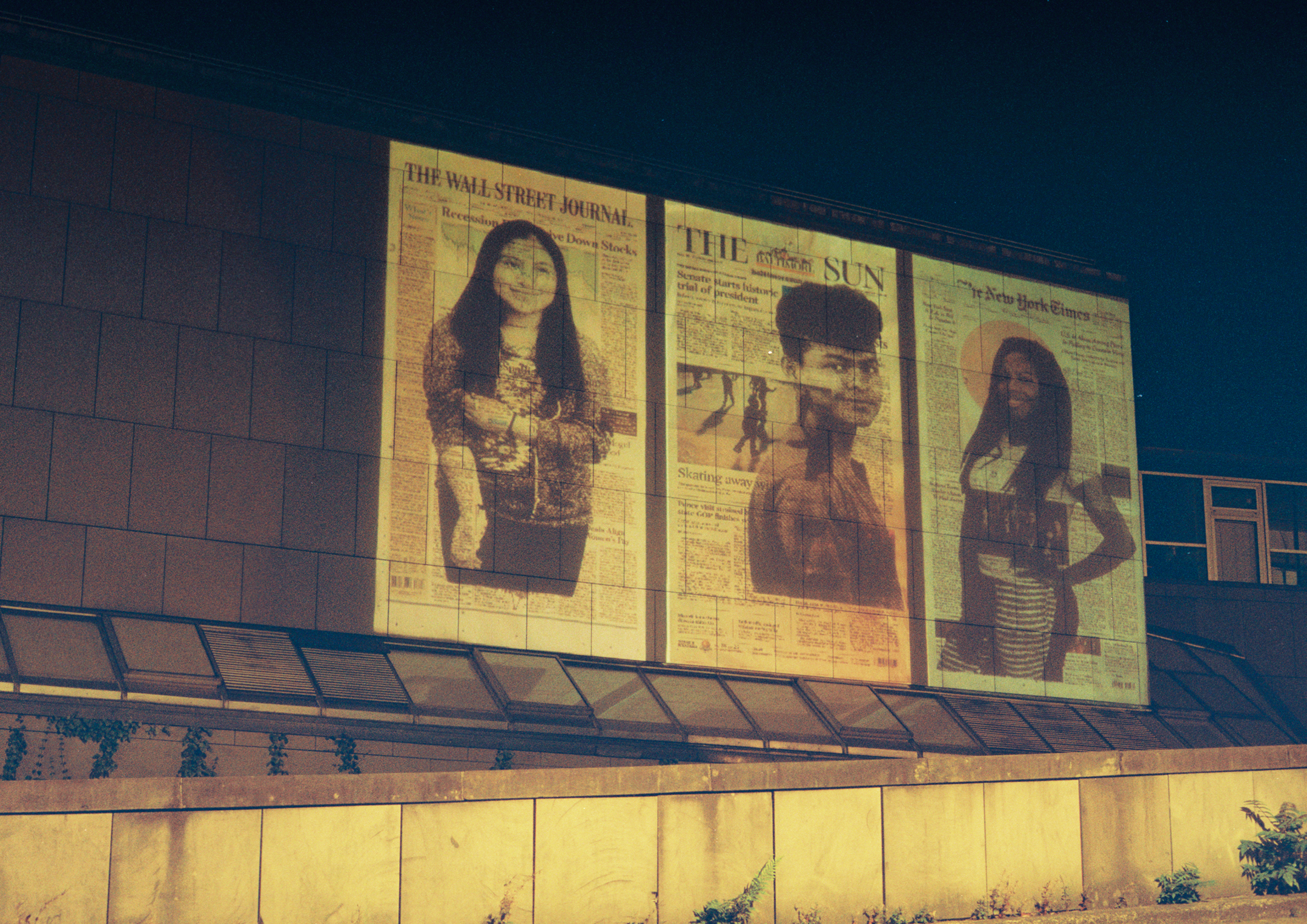
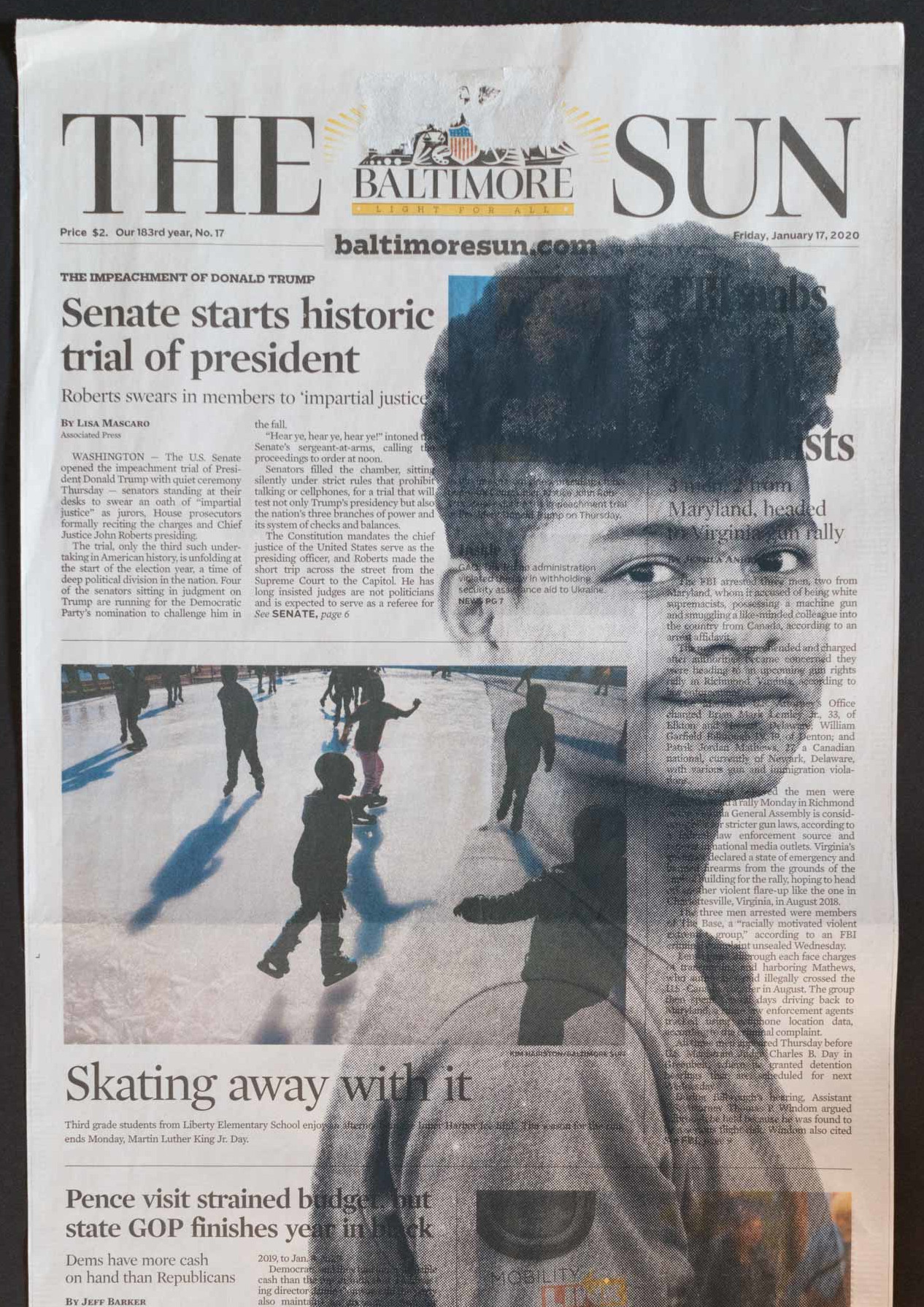
Above The Fold transforms newspaper front pages with portraits of children who fled deadly violence in their home countries and arrived in the United States alone, seeking refuge. Reframing the immigration story, the work questions our role in protecting those most at risk: children.
Participating youth have secured pro bono representation from a legal aid organization and thus have a path to immigration relief before being photographed. Screen-printing is incorporated as a protective mechanism, redacting identifiable environments and features while retaining the integrity of the sitter’s likeness. Each portrait is printed onto multiple newspapers from different parts of the country to further conceal where the child may reside, and to acknowledge that displacement extends into every region.
Rose Ansari
Rose Ansari is an Iranian multidisciplinary artist. She attended Alzahra university of Tehran for her BFA. Rose has a sensible and scientific approach to art. For a while she worked as a costume designer for plays, which made her sensitive to the potential of mise-en-scène, lighting and acting as a living being on the scene.
Ansari believes deeply in the power of technology in arts which makes the artwork relevant. Her recent works are inspired from architectural space and elements, science of materials, and body movements. Her works have been shown internationally.

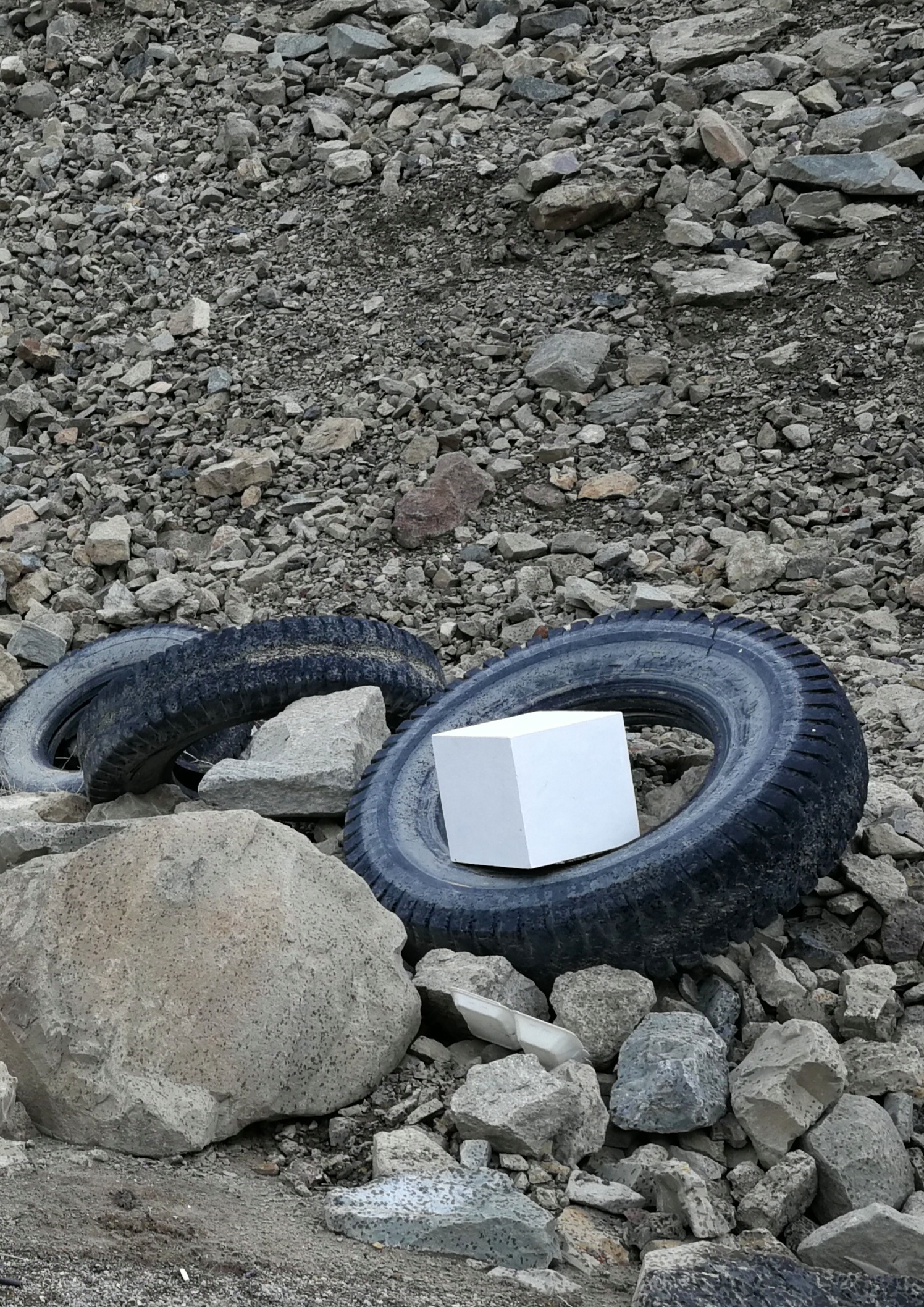
I was interested in the introduction of a man-made object in an outdoor setting, a white cube, a human element that forms a relationship with nature and helps it to be born again. From this, I feel a kind of storytelling blossom in these alternative landscapes; like a recurrent canvas that symbolically references creation, the picture or a full cliche space that needs to be recreated.
The whole thing is done in an empirical way, and is guided by a formal research which was both meticulous and demanding. These alternative landscapes offer a new reading of the potential nature of its conventional forms and its given concept of life and intricacy.
To others, it may seem as an irony but my approach towards landscape is to incorporate a poetic component that will trigger an emotional response linked to the abstraction of the form and color of the cube with the form and color of nature.
I wanted to create something that was not a cliche and popular landscape but rather something engineered and designed, so as to move the viewer in a different way. Furthermore, the moving white cube of these series according to the condition of placing in frame, may seem as a solid and heavy form or a playful and living creature flowing in places.

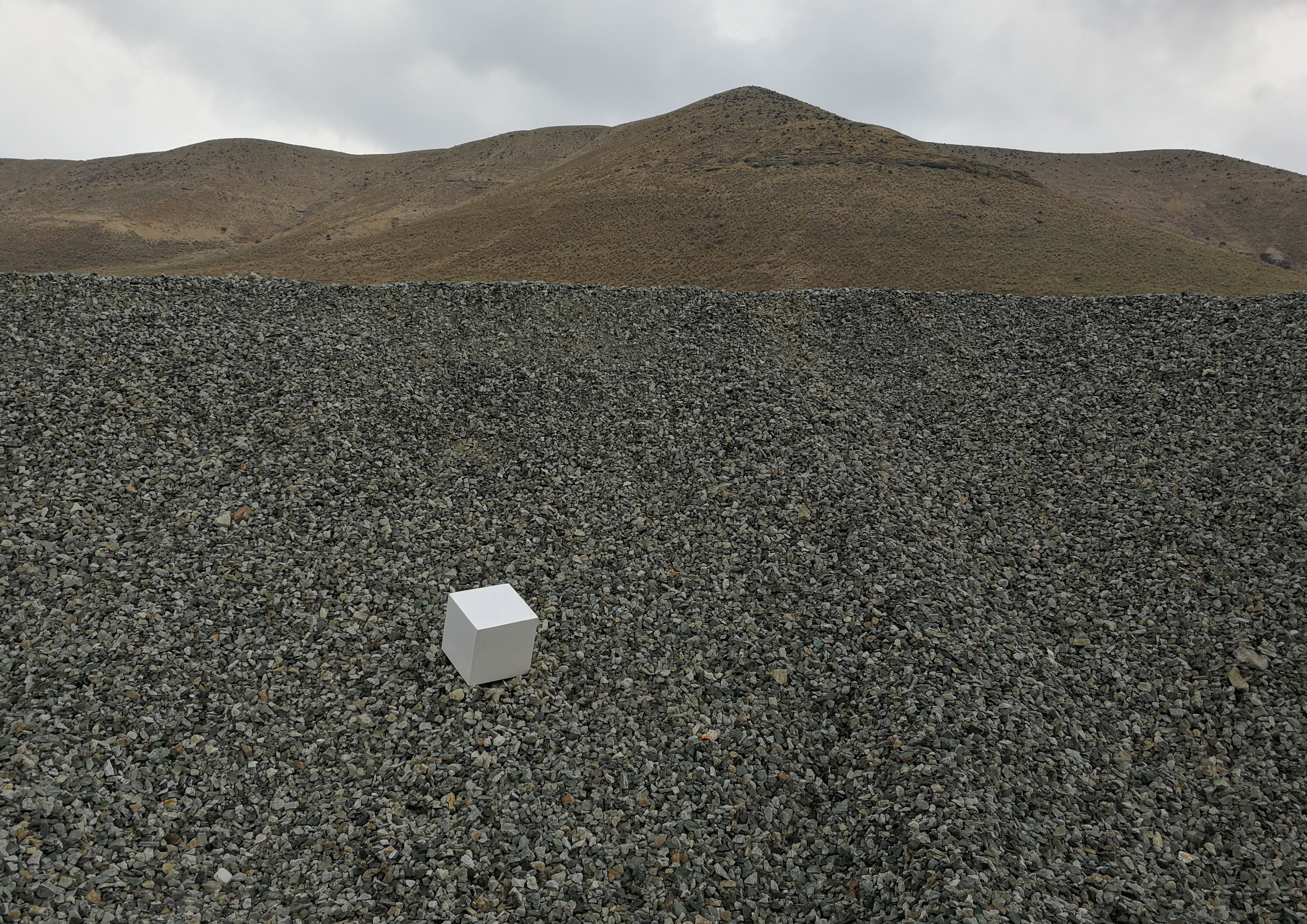
Lotte Marie Allen & Barbara Westermann
lotte marie allen makes projects and media that embrace questions, community and geographical borders, computers, sewing and drawing. She is an art worker, currently working/teaching in the MFA Computer Arts program at the School of Visual Arts in NYC.
Barbara Westermann is a german-american installation artist, sculptor and printmaker living in New York City. She practices community engagement and site-specific work. She studied urban planning in Kassel, sculpture in Cologne, Germany, and critical art practices at the Whitney Independent Study Program in New York City.

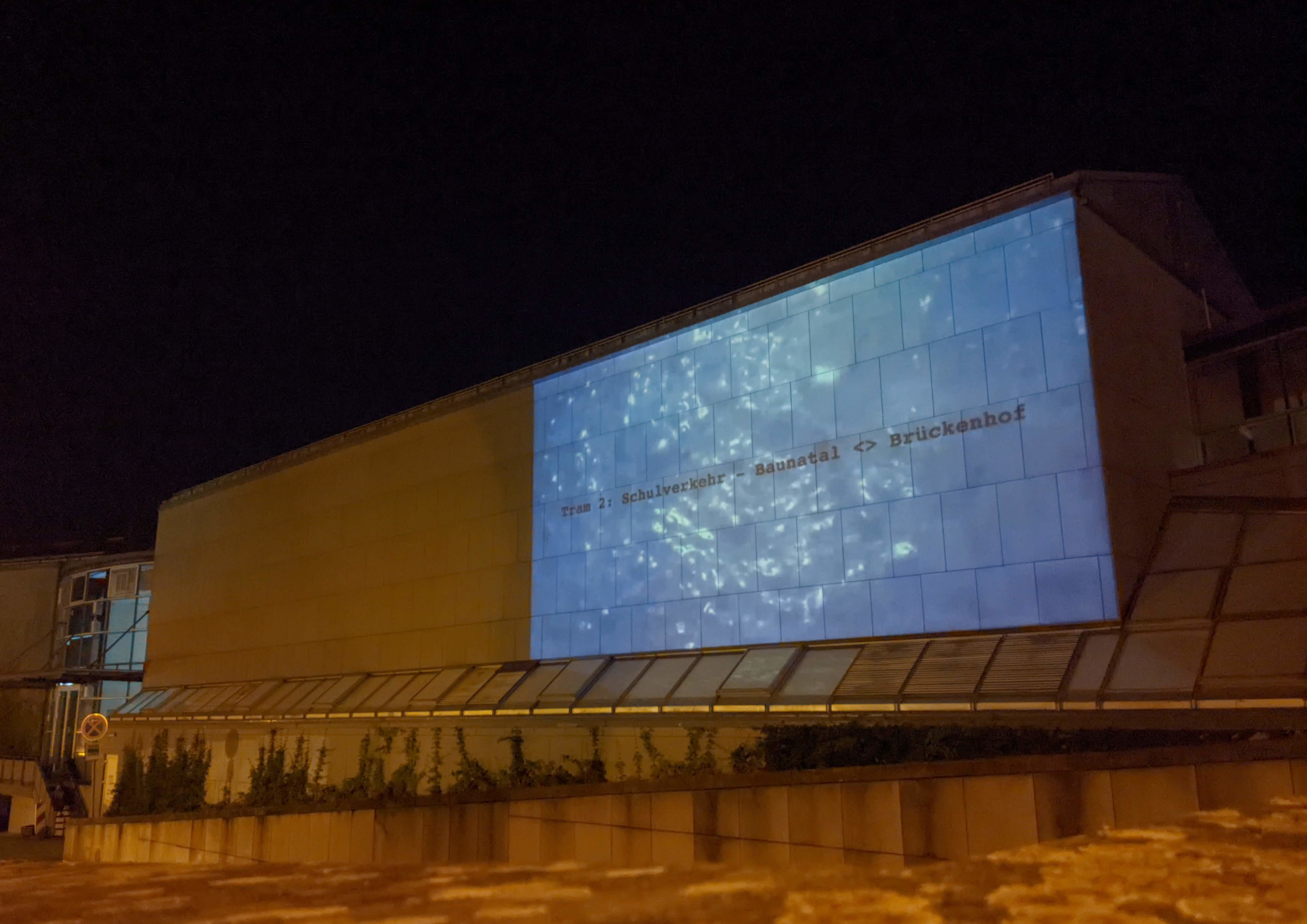
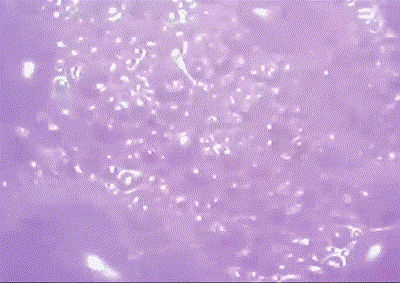
Kassel’s gps coordinates are the framework for the video: 51° 18’ 46.0836” North - 9° | 28’ 53.5584” East. The piece explores a collective passage from tram to tram stop; from the city outskirts to center, from the Wilhelmshöhe monument to the Nordstadt neighborhood. The video is a community's abstract itinerary and a migrant's metaphysical compass. It explores alternative histories of the city through text, color and sound. Bubbling mercurial waters speak to intimate archaeologies, immigration stories, and our collective desires: we anticipate a journey through a spectrum of colors while we imagine and create our futures.
Gal Amiram
Gal Amiram is an Israeli artist currently based in Los Angeles. Amiram's research-based projects explore, through the use of photography, video, sound, and archival materials, the different sensorial methods (vision, smell, and sound) Israel uses to erase Palestinian presence in the occupied territories.
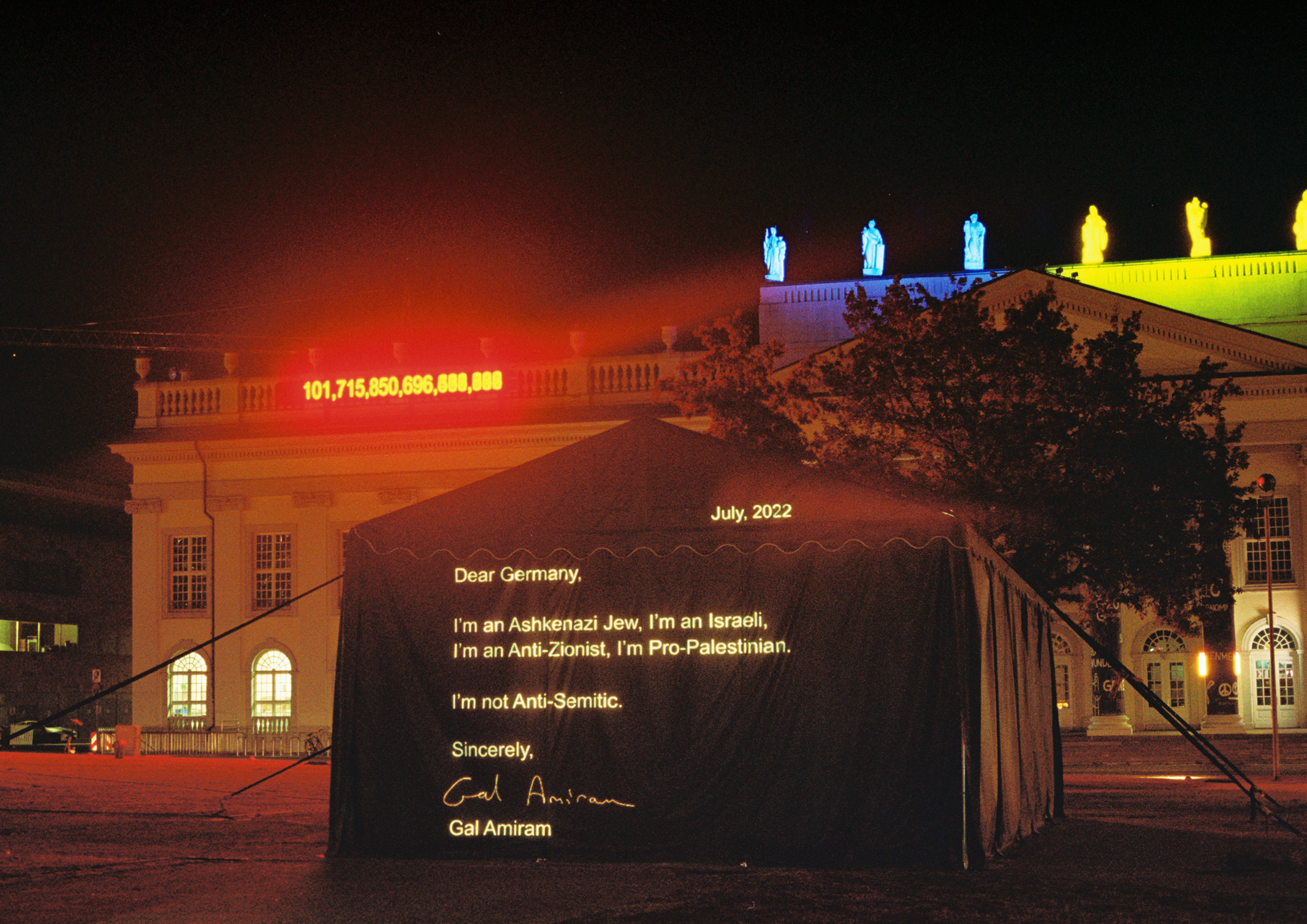
Leman Sevda Daricioglu
Leman Sevda Darıcıoğlu focuses on the investigation/exploration of the physical/emotional boundaries
and limitations of the human body. Taking this corporal research as a core, Darıcıoğlu engages with
hegemonic political/social concepts and norms in her* artistic practice, ranging from performance
art to time- and space-based disciplines such as video, installation, and public interventions. When
she* needs to define her*self as an artist, she* chooses to use the term Queer artist. Her* notion
of queer refers not only to a realm beyond heterosexuality and binary gender but also to a platform
beyond normativity as such.
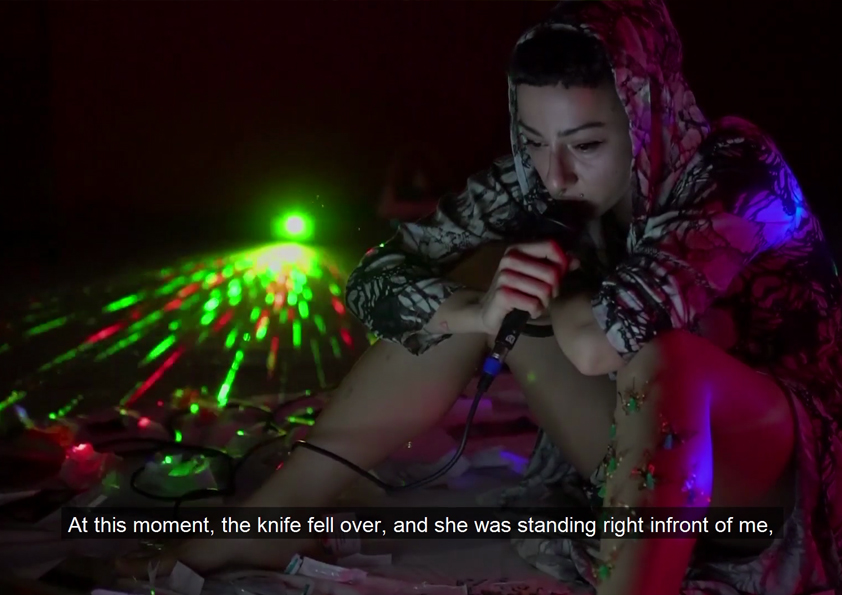
Maryam Faridani
Maryam Faridani is a multidisciplinary artist living in Chicago. They work primarily in video and performance. Though the topics of their work are not necessarily funny, humor is an important aspect of their work to approach topics that are botter or harsh. In recent years Faridani has worked with 3D software as an imaginative way to talk about our bodies. Disjointed or deformed bodies are recurring elements in their 3D work, marking the fluidity of our identities and our perception of ourselves. Faridani has exhibited their work in different venues and galleries in the United States and Iran such as Tehran Museum of Contemporary Arts, Roots and Culture Gallery, Zhou B Art Center, and many others.
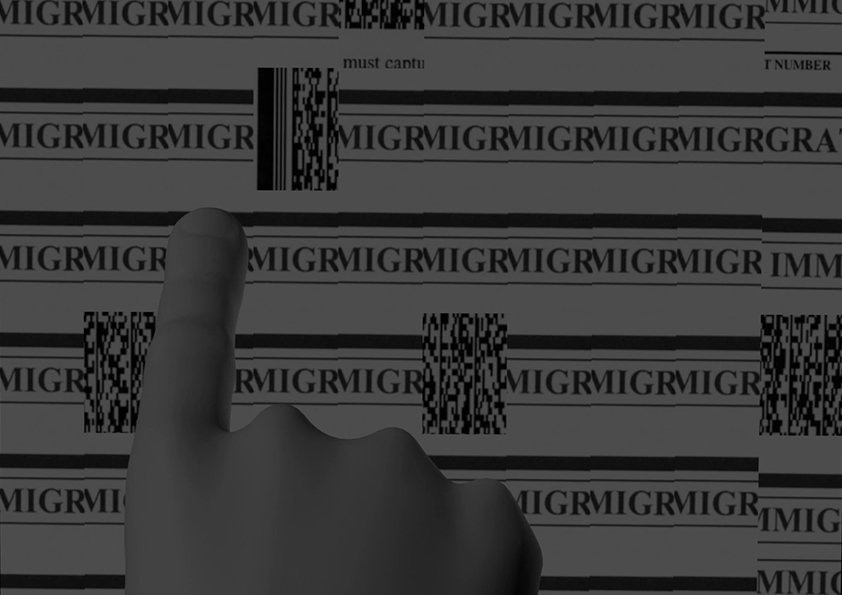
Misra Delfin-Walker
Misra Delfin-Walker is a grassroots community organizer and interdisciplinary artist born and based in the Bronx-Lenapehoking. Delfin-Walker works in sculpture, installation, and video-media artistic practice that uses found and readily available materials reflective of the material conditions of Black and Brown working-class communities. She sees her art as a tool of political education to raise political consciousness for fundamental social change. Misra Walker received her BFA from Cooper Union and MFA from Rutgers Mason Gross.
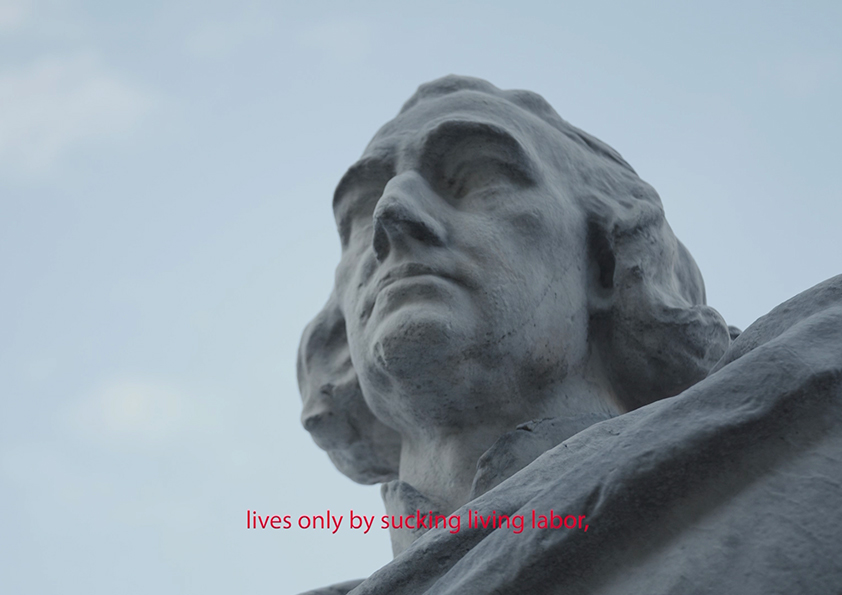

Matthew Flores
Matthew Flores is an artist and designer currently based in Atlanta, Georgia. His studio practice is rooted in strategies of misdirection and appropriation, and orbits around an interest in how the art viewing experience can be analogized with the format of jokes, performance, and the theatrical. He received his MFA from the Lamar Dodd School of Art at the University of Georgia in 2019 and his BA in Art History from the School of Visual Studies at the University of Missouri in 2015.

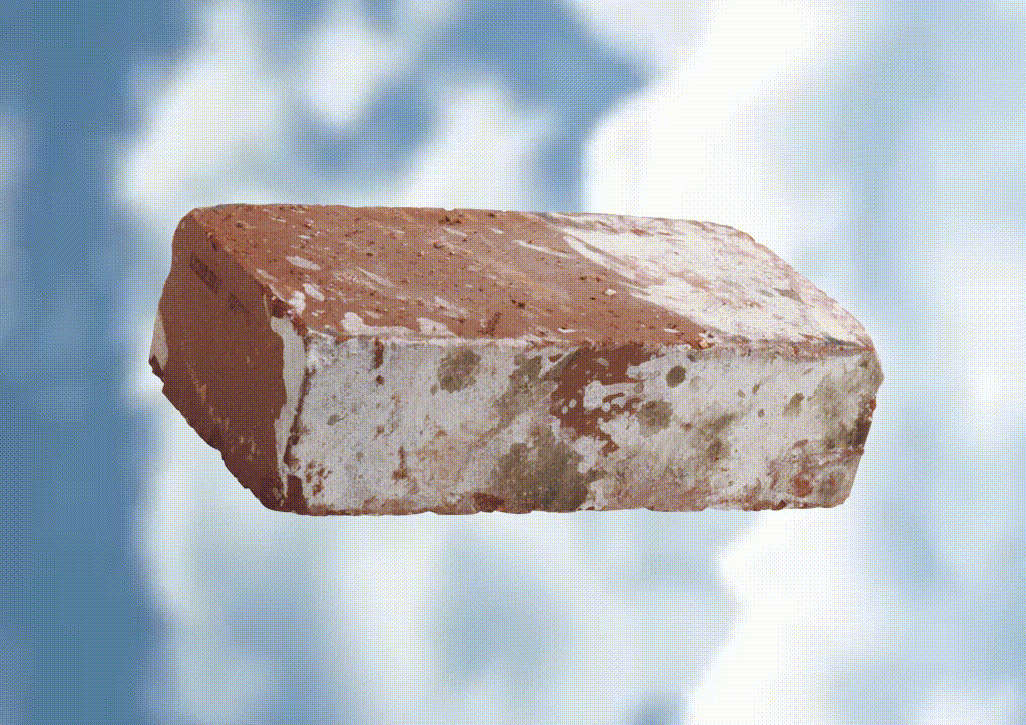
Juan Hernandez
Juan Hernandez is an incarcerated artist born and raised in Chicago. His artwork commemorates the legacies of civil rights leaders and revolutionaries, and has been exhibited at Angelica Kauffman Gallery, dragonFLY Gallery, Art in Odd Places, and others. He has been featured in Latino Rebels and he is a 2022 grant recipient of The Puffin Foundation.
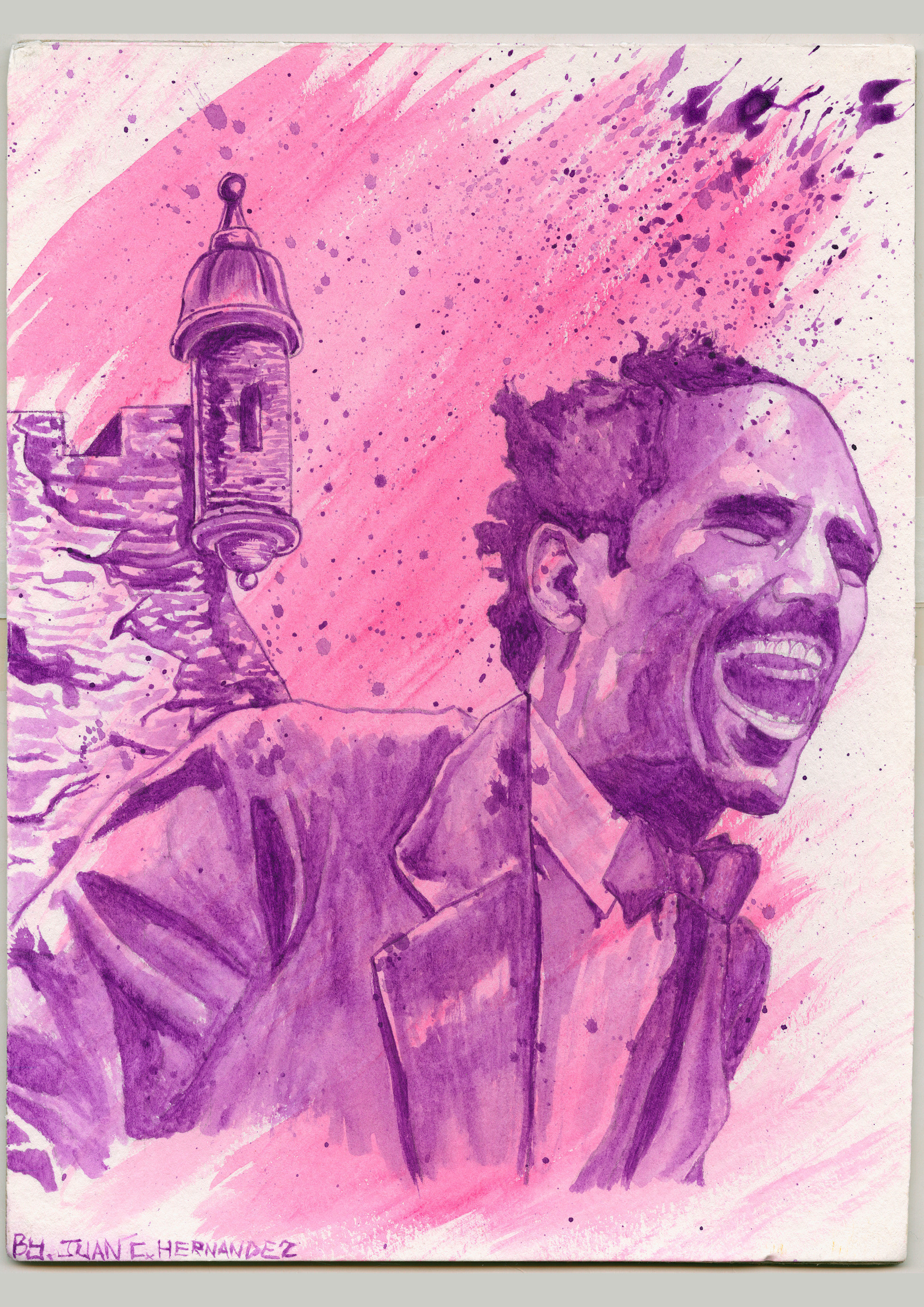

Maiia Lysytska
I've come from Kyiv, Ukraine. My heart constantly aches for my homeland.
This game is based on experiences of real people who were forced to leave their homes due to war in Ukraine. Lots of my friends were forced to quickly evacuate from their home cities with zero knowledge where they will go, and if they will ever be able to return.

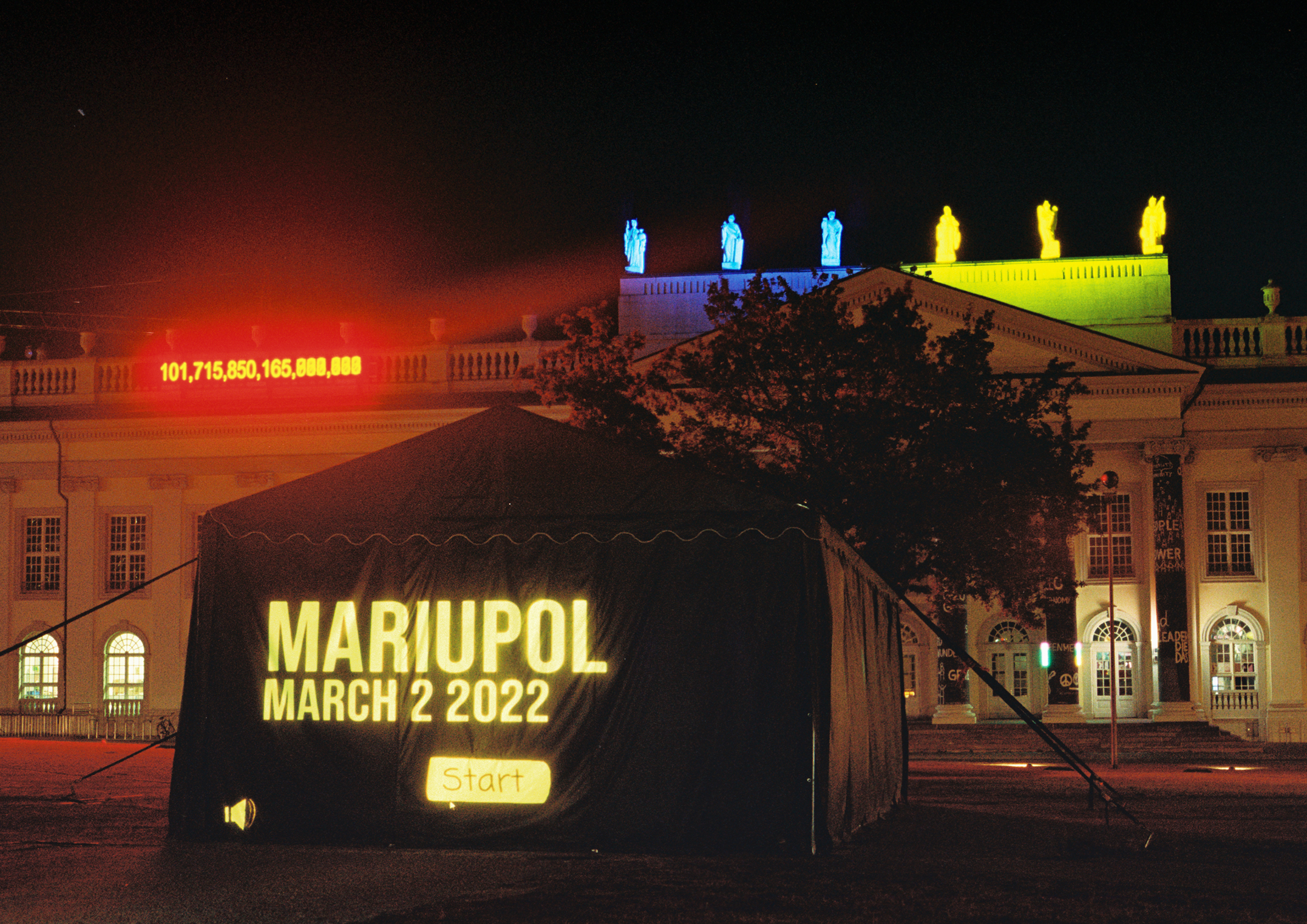
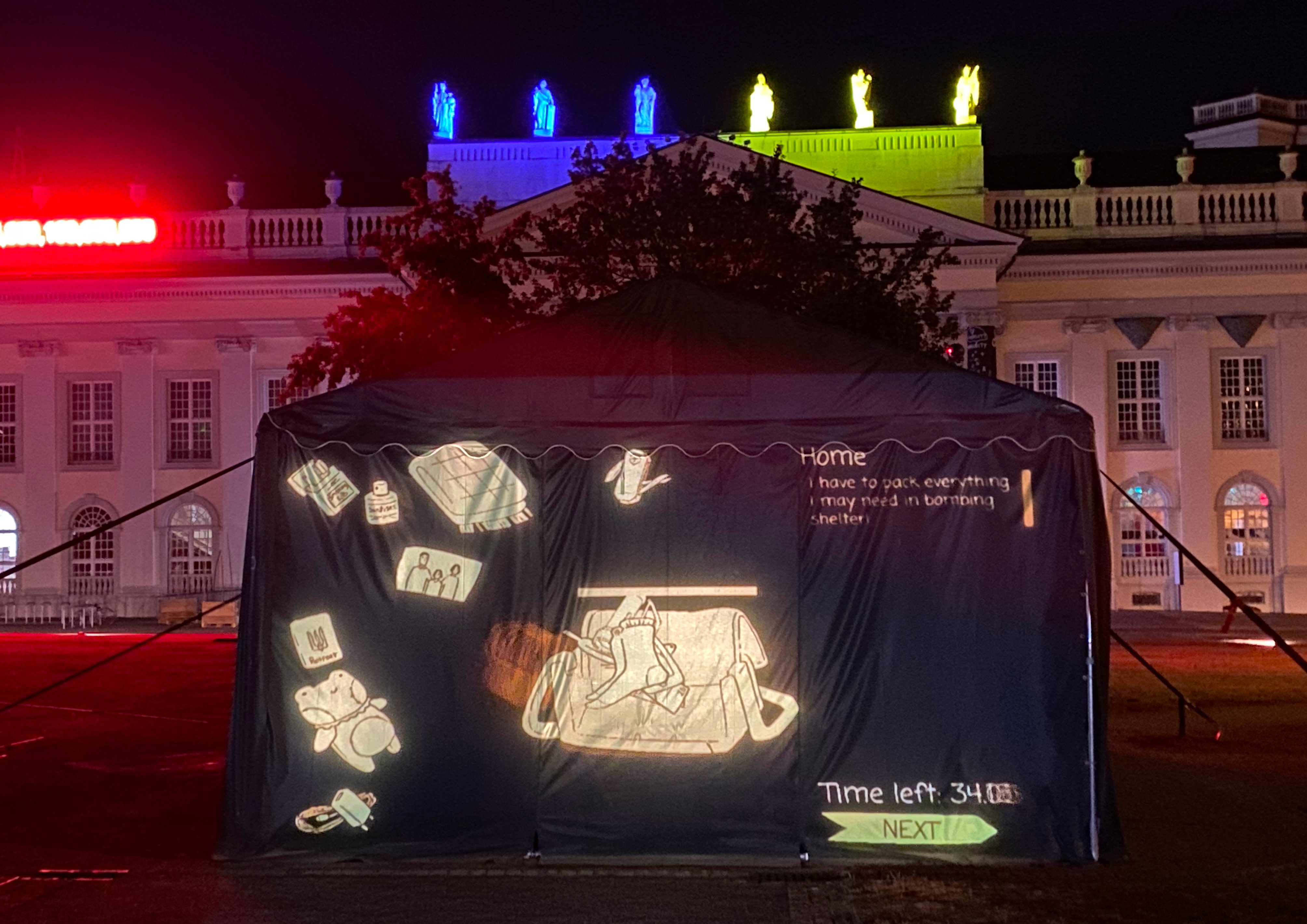
The game tells a story of a person who is caught in the siege of Mariupol. The player's main goal is to find perfect balance between objects' weight and usefulness. The player is facing hard choices between taking food and the photo of loved ones, blanket and the toy from childhood. While this game offers a fun element, the goal is to make players feel empathy to pals like they are that lived in Ukraine when that war started and experience how it changed their life.
Valiska can be played online at: https://dinosaurpower.itch.io/valiska
Frankie Riot
Frankie Riot a multidisciplinary artist. Their current work focuses on social injustice and inequality.
"My First Offshore Detention Centre" is a response to the British Government unveiling plans to ship refugees to offshore detention centres in Rwanda, following Australia's heinous and inhumane model.
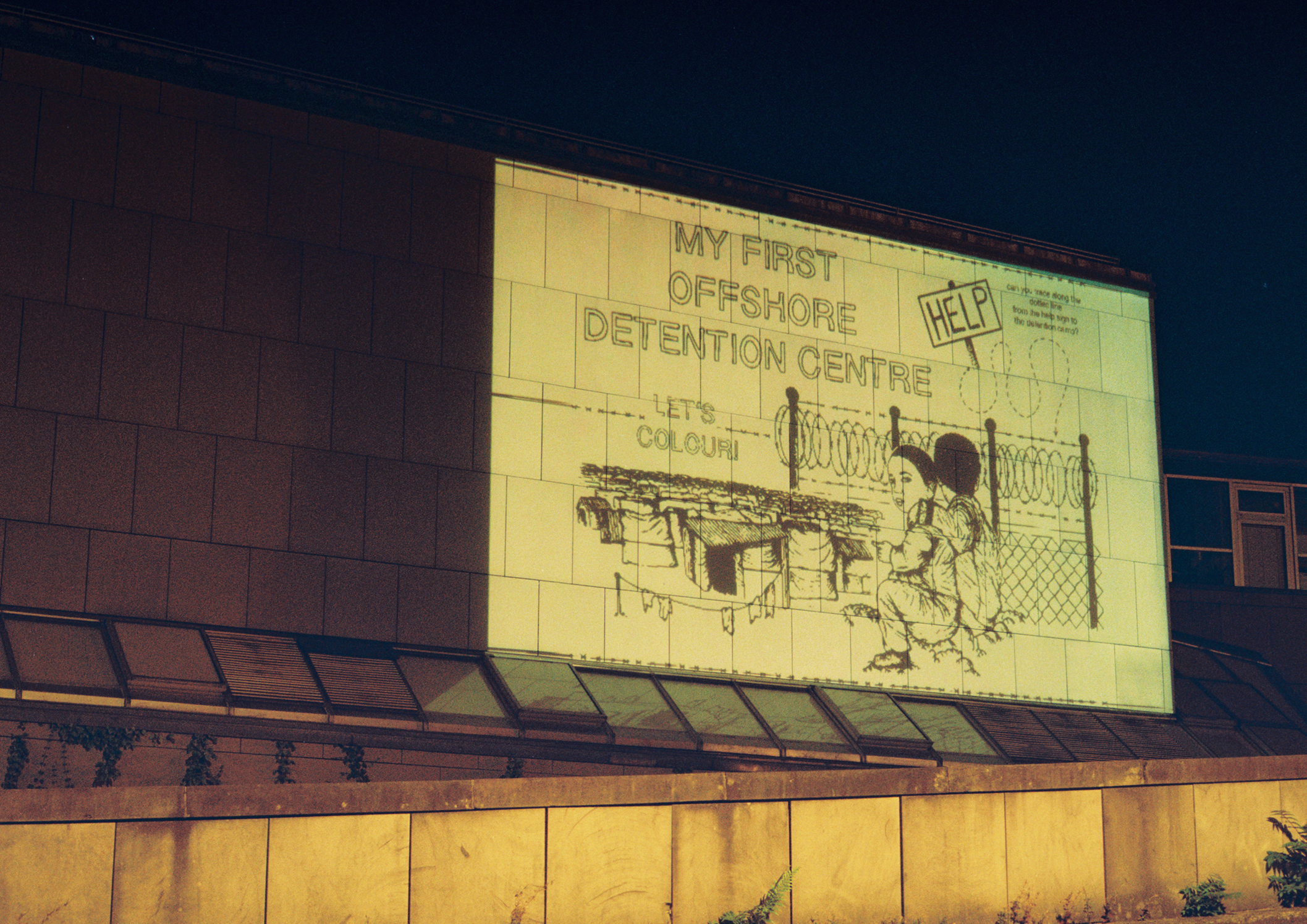
Santiago Tamayo Soler
Santiago Tamayo Soler (Bogotá, Colombia 1990) is a Montréal based interdisciplinary artist working mainly in video and performance. Interested in fiction/nonfiction, narrative devices, and live action, Tamayo Soler's most recent work overlays digital footage and modified video games to create pixelated universes home to Latin American, immigrant, queer stories of a radical futuristic fantasy.
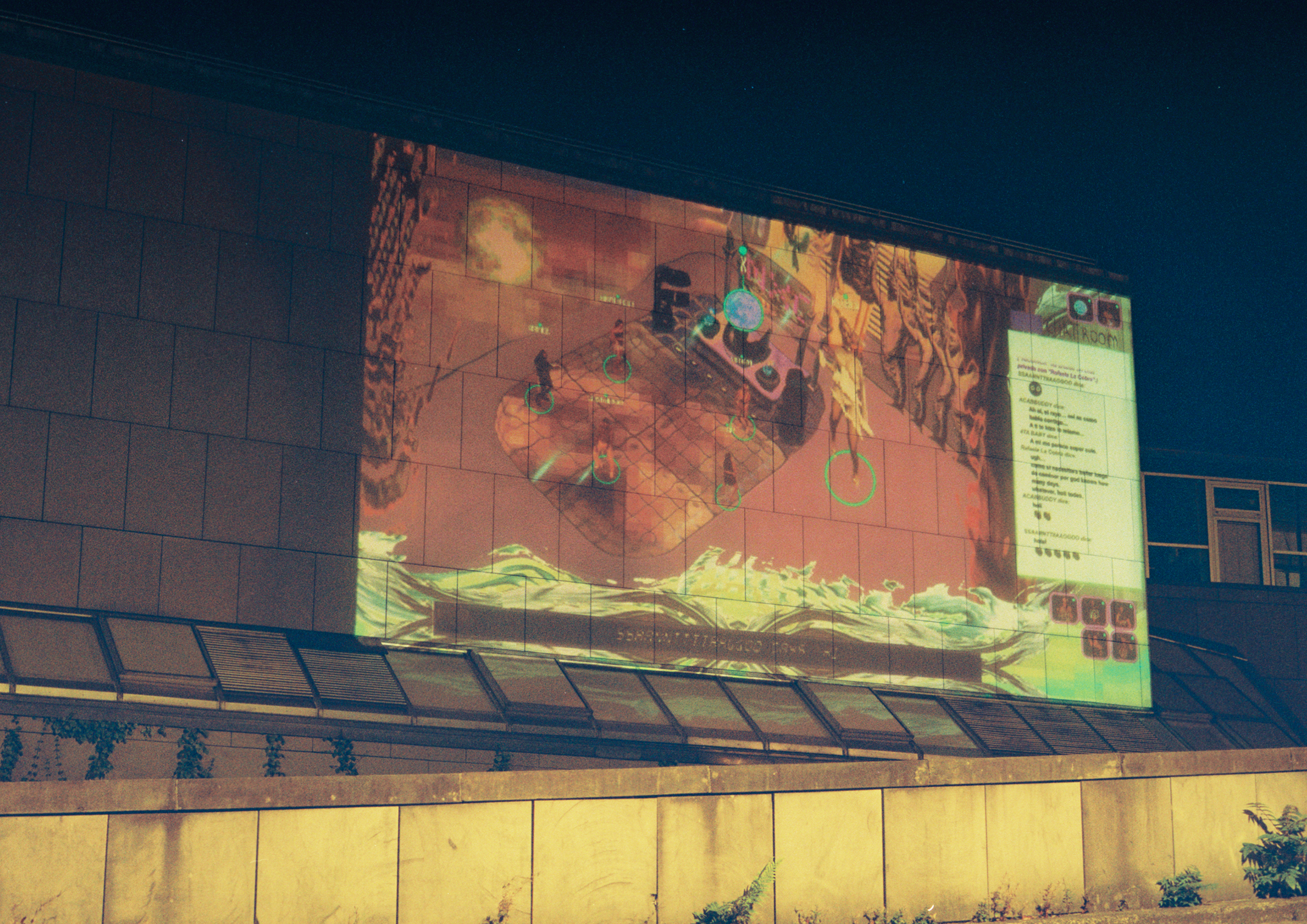
Set in a fictional Andes in the year 2222 "Retornar" (Spanish. To return, to come back) narrates the story of the nine last living humans on Earth, and their journey towards a big "reset".
Narratively structured as a video game, “Retornar” takes place in an eco-pessimistic world, where Latin America has nothing else to give: its soil has dried up and the atmosphere has become increasingly dangerous. After a big war driven by an extreme exploitation of natural resources, the surviving characters wander around a dystopian Andean landscape, aimlessly and alone, with no other purpose but to spend their day going through different “puzzles” and “loading screens”, until they are summoned by a mysterious blue orb that will transport them into a digital celestial world where - after a big celebratory “last dance” - they will be forced into becoming the seeds for a new generation. “Retornar” was made through a multilayered process. The world itself was built through a mixture of scenes created in The Sims 4, SketchUp, Photoshop, as well as real footage shot in front of a green screen. The scenarios were built using an isometric perspective to mimic early 8 bit video games, as well as early life simulation games, and videochat universes.
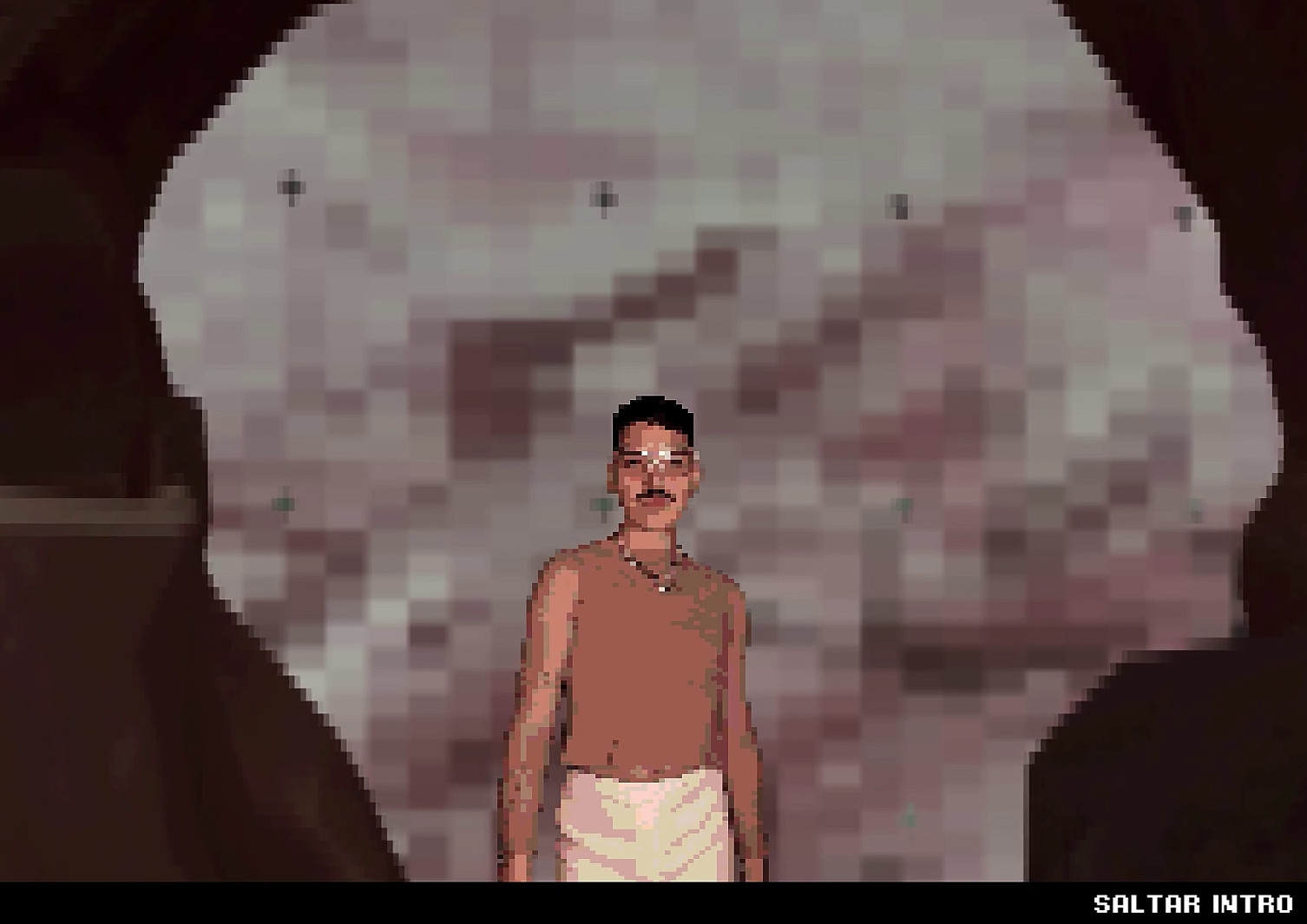
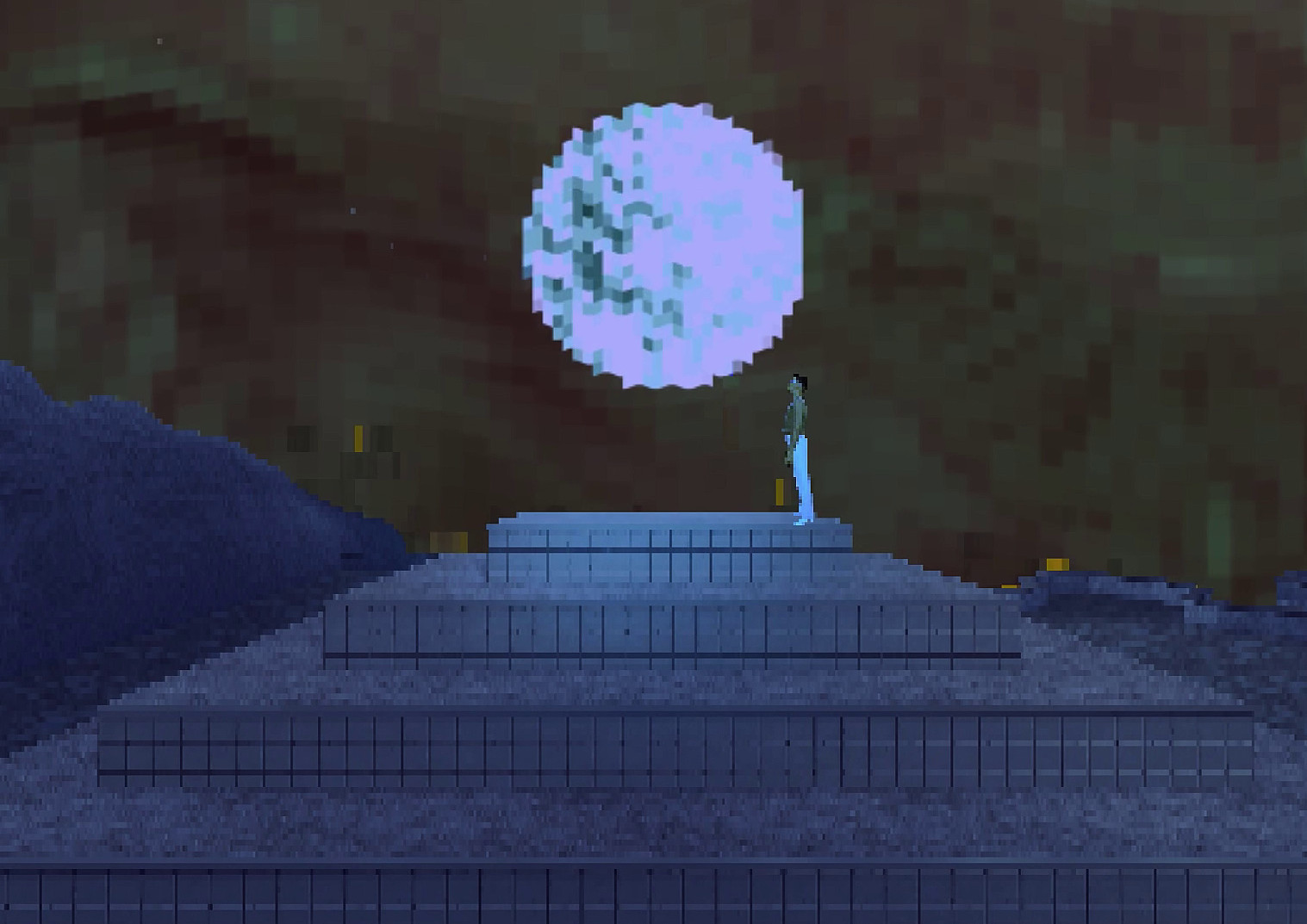
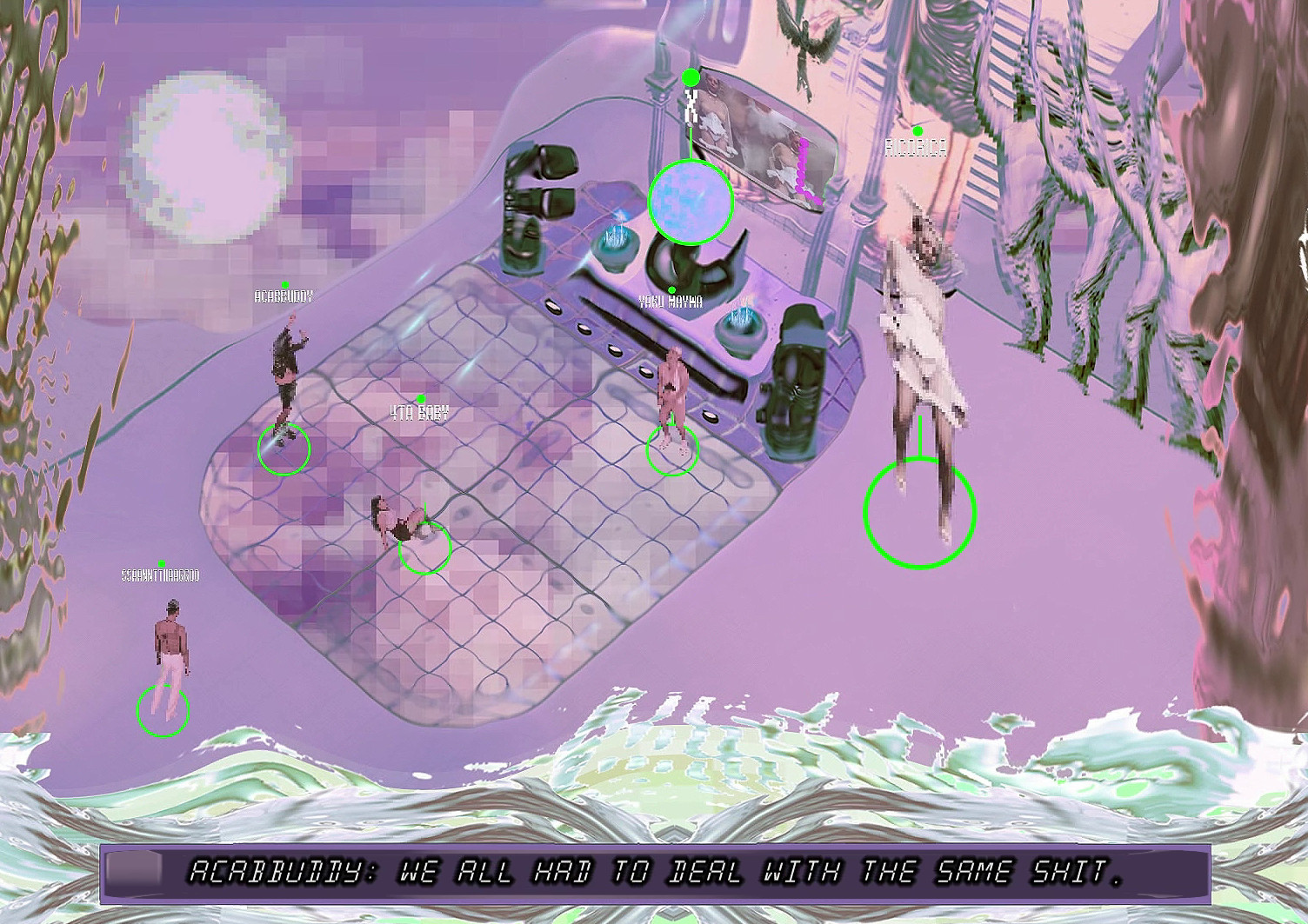
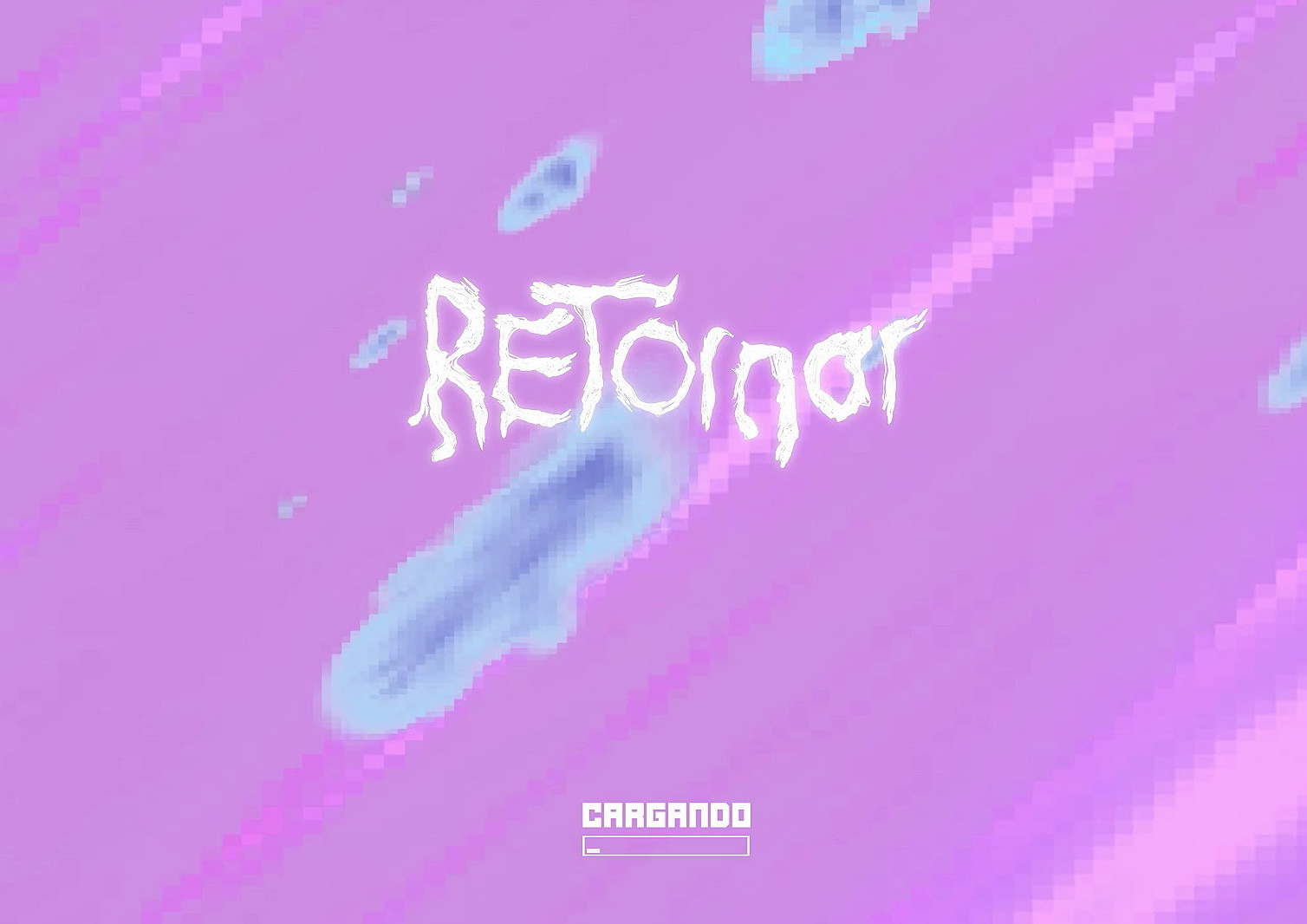
About undocumenta
undocumenta was a joint project between Grayson Earle, Tee Topor, and Chris Rogy. The three met as members of The Illuminator art collective based in New York City. The Illuminator is a guerrilla video projection collective that projects images, videos, and texts of protest on site-specific architecture around the world.
We would like to thank Emily Andersen, Irma Trommer, and Anja Kellner without whom this project would not have been possible.
undocumenta is aligned with the voices and struggles of the people, using technology as a mechanism to disrupt extractive, unequal capitalist regimes and amplify the grievances of the global 99%.